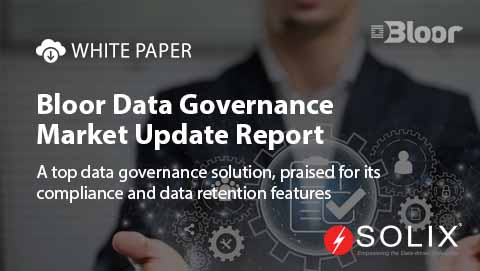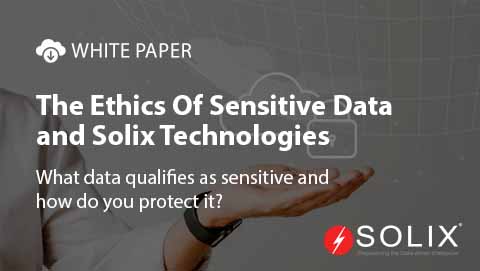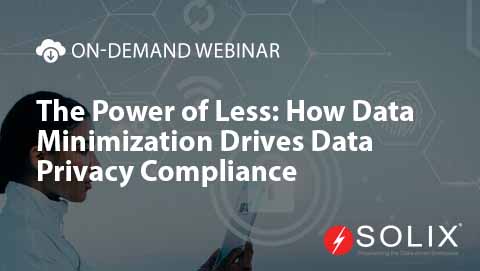Data Masking Rules
What is Data Masking Rules and why does it matter? In today’s fast-moving business arena, data privacy and security have become top priorities for organizations. With the rise of data breaches and cyberattacks, it’s crucial to protect sensitive information from falling into the wrong hands. This is where Data Masking Rules come in – a comprehensive solution designed to secure sensitive data by obfuscating it in non-production environments. But what exactly is Data Masking Rules, and why is it so important?
Data masking rules involve identifying and replacing sensitive data with realistic but fictitious values, ensuring that masked data retains its structure and consistency across applications and databases. This approach is particularly useful for organizations that need to maintain strict data privacy and compliance standards while allowing development, testing, and analytics teams to work with realistic datasets. By implementing Data Masking Rules, companies can rest assured that their sensitive data is protected from unauthorized access.
A real-world scenario: transforming Data Masking Rules for success. Meet Sarah, a data analyst at Acme Corporation, who is responsible for developing predictive models for customer behavior. Her team relies heavily on data from various sources, including customer payment information, addresses, and social media profiles. However, due to data protection regulations, her team can’t work with the actual data in non-production environments. To solve this problem, Sarah turned to Solix’s Data Masking Rules solution.
How Solix saves money and time on Data Masking Rules. Solix’s Data Masking Rules solution automates the process of identifying and masking sensitive data, reducing the risk of human error and increasing efficiency. By using Solix’s solution, Sarah’s team can work with realistic datasets without exposing sensitive information, ensuring that their predictive models are accurate and reliable.
We work with companies like Unilever, AIG, Citi, GE, and Santander, helping businesses of all sizes achieve robust data privacy solutions. Our solutions, including Data Masking Rules, are designed to deliver significant cost savings and reduce the risk of data breaches.
Key features of Solix.com data masking:
- sensitive data identification: automatically scans databases and applications to identify sensitive data such as PII (personally identifiable information), financial data, and healthcare records.
- data obfuscation: replaces sensitive data with realistic but fictitious values, ensuring that masked data retains its structure and consistency across applications and databases.
- built-in compliance: helps organizations comply with regulations such as GDPR, HIPAA, CCPA, and PCI DSS by safeguarding sensitive data.
- support for multiple data types: handles various types of sensitive data, including structured and unstructured data across databases, files, and applications.
Benefits of Solix’s Data Masking Rules solution:
- enhanced security: protects sensitive data from unauthorized access in non-production environments.
- regulatory compliance: simplifies adherence to stringent data protection laws.
- improved efficiency: allows developers and testers to work with realistic data without exposing sensitive information.
- cost savings: reduces the risk of data breaches and the associated financial and reputational costs.
Want to learn more about how Solix can help transform your Data Masking Rules process? We’d love to have you join our community! To show our appreciation for your interest, we’re giving away $100 to one lucky winner. Simply enter your email address in the box on the right to be entered into the drawing.
About the author: Ronan is a tech enthusiast who has a passion for AI, data lakes, and big data solutions. When he’s not geeking out over the latest tech trends, he can be found competing in dancing competitions or cheering on his favorite team, the Toronto Blue Jays. He loves to write about Data Masking Rules and its applications in real-world scenarios.
-

-

-
 On-Demand Webinar
On-Demand WebinarThe Power of Less: How Data Minimization Drives Data Privacy Compliance
Watch On-Demand Webinar
